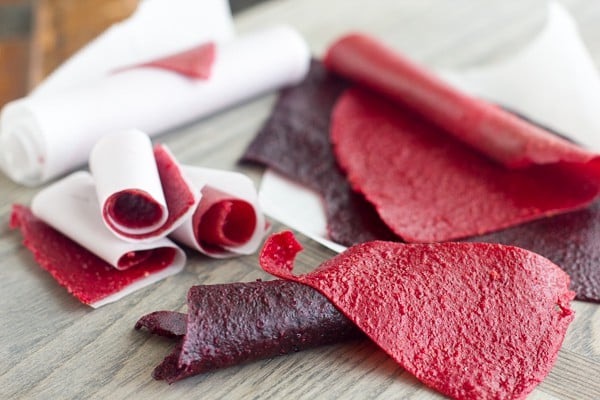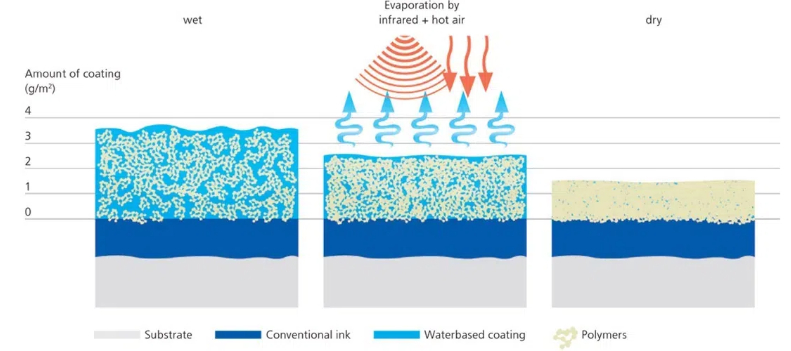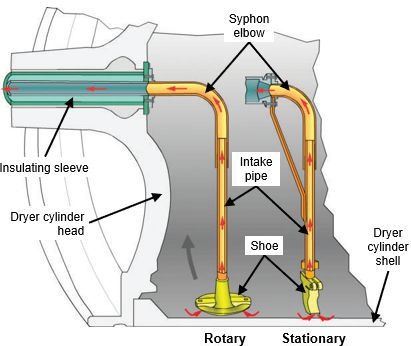
Content Menu
● Introduction to Penetration Type Dryers
>> Key Components of Penetration Type Dryers
● Common Issues with Penetration Type Dryers
>> 1. Uneven Drying
>> 2. Dryer Not Heating
>> 3. Dryer Overheating
>> 4. Excessive Drying Time
>> 5. Contamination
● Advanced Troubleshooting Techniques
● Preventive Maintenance
● Energy Efficiency Considerations
● Conclusion
● FAQ
>> 1. What causes uneven drying in penetration type dryers?
>> 2. How do I fix a penetration type dryer that is not heating?
>> 3. What are the common causes of overheating in penetration type dryers?
>> 4. How can I reduce excessive drying time in penetration type dryers?
>> 5. What maintenance practices can prevent contamination in penetration type dryers?
● Citations:
Penetration type dryers are widely used in the food industry for drying various products efficiently. These dryers utilize hot air to penetrate through the food material, ensuring uniform drying. However, like any other machinery, they can encounter issues that affect their performance and efficiency. In this article, we will explore common problems associated with penetration type dryers and provide troubleshooting steps to resolve these issues.

Introduction to Penetration Type Dryers
Penetration type dryers are designed to circulate hot air through the food material, allowing moisture to evaporate quickly. This method is particularly effective for drying foods like fruits, vegetables, and meats. The efficiency of these dryers depends on factors such as airflow, temperature control, and load distribution.
Key Components of Penetration Type Dryers
1. Airflow System: This includes fans and ducts that distribute hot air evenly throughout the dryer.
2. Heating Elements: These are responsible for generating the heat required for drying.
3. Temperature Control: This system ensures that the temperature remains consistent, which is crucial for preventing over-drying or under-drying.
4. Load Distribution: Proper spacing of food items on racks is essential for uniform drying.
Common Issues with Penetration Type Dryers
1. Uneven Drying
Cause: Uneven airflow, improper load distribution, or inconsistent temperature.
Solution:
- Check Airflow: Use an anemometer to measure airflow at different points within the dryer. Ensure that vents are not blocked and fans are functioning correctly.
- Load Distribution: Ensure that food items are evenly spaced on the racks. Avoid overcrowding, as this restricts airflow.
- Temperature Distribution: Verify that the temperature is uniform across all sections of the dryer using a calibrated thermometer.
2. Dryer Not Heating
Cause: Issues with the power supply, faulty heating elements, or malfunctioning temperature sensors.
Solution:
- Power Supply: Check the voltage at the heating element terminals using a voltmeter. Ensure that circuit breakers are not tripped and fuses are not blown.
- Heating Elements: Inspect for physical damage or burnout. Use a multimeter to check for continuity.
- Temperature Sensors: Verify that sensors are functioning correctly. Compare actual temperatures with sensor readings.
3. Dryer Overheating
Cause: Faulty temperature sensors, inadequate insulation, or issues with the cooling system.
Solution:
- Temperature Sensors: Calibrate sensors to ensure accurate readings.
- Insulation: Check for any gaps in insulation that could cause heat loss or retention.
- Cooling System: Ensure that the cooling system is functioning properly. Check for blockages in air vents.
4. Excessive Drying Time
Cause: Inadequate airflow, improper load distribution, or incorrect temperature settings.
Solution:
- Airflow: Clear any obstructions from vents and ensure fans are working correctly.
- Load Distribution: Ensure that food items are evenly spaced to allow for good airflow.
- Temperature Settings: Adjust temperature settings according to the type of food being dried.
5. Contamination
Cause: Poor maintenance, leading to the accumulation of food debris.
Solution:
- Regular Cleaning: Clean the dryer interior and exterior regularly using food-safe cleaning agents.
- Filter Replacement: Replace air filters as recommended by the manufacturer to prevent contamination.

Advanced Troubleshooting Techniques
For more complex issues, advanced troubleshooting techniques may be required. These include:
1. Error Code Analysis: Modern dryers often display error codes that can help diagnose specific problems.
2. Software Updates: Ensure that the control system software is up to date to prevent compatibility issues.
3. Wiring Inspection: Check all wiring connections for looseness or corrosion.
Preventive Maintenance
Preventive maintenance is crucial for extending the lifespan of penetration type dryers and ensuring optimal performance. Regular tasks include:
1. Daily Checks: Inspect the dryer for any signs of wear or damage before each use.
2. Weekly Cleaning: Perform thorough cleaning of the dryer interior and exterior.
3. Monthly Inspections: Check all components, including fans, heating elements, and temperature sensors.
Energy Efficiency Considerations
Improving energy efficiency not only reduces operational costs but also contributes to sustainability. Consider the following strategies:
1. Optimize Temperature Settings: Use the lowest temperature required for drying specific foods.
2. Use Energy-Efficient Components: Upgrade to energy-efficient fans and heating elements when possible.
3. Monitor Energy Consumption: Regularly track energy usage to identify areas for improvement.
Conclusion
Troubleshooting common issues with penetration type dryers requires a systematic approach. By understanding the causes of problems such as uneven drying, heating issues, and contamination, you can apply effective solutions to maintain optimal performance and efficiency. Regular maintenance and proper operation are key to extending the lifespan of these dryers and ensuring consistent quality in dried food products.

FAQ
1. What causes uneven drying in penetration type dryers?
Uneven drying can be caused by blocked airflow, improper load distribution, or inconsistent temperature control. Regularly check airflow, ensure even spacing of food items, and verify temperature uniformity.
2. How do I fix a penetration type dryer that is not heating?
Check the power supply to ensure that circuit breakers are not tripped and fuses are not blown. Inspect heating elements for damage and verify that temperature sensors are functioning correctly.
3. What are the common causes of overheating in penetration type dryers?
Overheating can be caused by faulty temperature sensors, inadequate insulation, or issues with the cooling system. Ensure that sensors are calibrated, insulation is intact, and the cooling system is functioning properly.
4. How can I reduce excessive drying time in penetration type dryers?
Clear any obstructions from vents to improve airflow, ensure even load distribution, and adjust temperature settings according to the type of food being dried.
5. What maintenance practices can prevent contamination in penetration type dryers?
Regularly clean the dryer interior and exterior using food-safe cleaning agents, and replace air filters as recommended by the manufacturer to prevent contamination.
Citations:
[1] https://www.dryeratech.com/how-to-troubleshoot-common-issues-with-hang-type-dryers.html
[2] https://patents.google.com/patent/CN110207480A/zh
[3] https://s7d2.scene7.com/is/content/TDG/Home%20Page%20Web/Dufresne/Landing%20Pages/FAQs/Dryer-Troubleshooting-Guide.pdf
[4] https://patents.google.com/patent/CN1405396A/zh
[5] https://www.researchgate.net/publication/233360369_An_outline_method_for_troubleshooting_and_problem-solving_in_dryers
[6] https://patents.google.com/patent/CN109252340A/zh
[7] https://nredcap.in/PDFs/BEE_manuals/BEST_PRACTICE_MANUAL_DRYERS.pdf
[8] https://patents.google.com/patent/CN112481977B/zh











